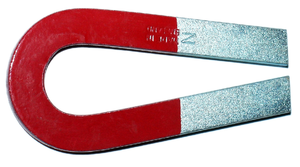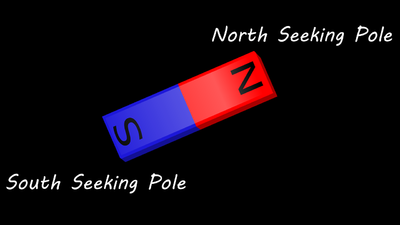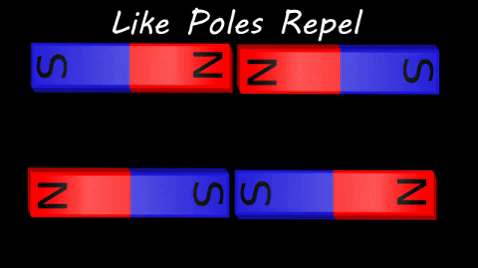Difference between revisions of "Magnet"
| Line 15: | Line 15: | ||
: When the North Pole of one '''magnet''' is placed next to the South Pole of another '''magnet''' they attract each other. | : When the North Pole of one '''magnet''' is placed next to the South Pole of another '''magnet''' they attract each other. | ||
| + | ===Examples=== | ||
{| class="wikitable" | {| class="wikitable" | ||
|- | |- | ||
| Line 29: | Line 30: | ||
|Two '''magnets''' facing North-South will attract each other. | |Two '''magnets''' facing North-South will attract each other. | ||
|} | |} | ||
| − | |||
| − | |||
Revision as of 09:56, 11 August 2018
Key Stage 2
Meaning
A magnet is a piece of equipment that can be used to do determine if an object is magnetic.
About Magnets
- Magnets are attracted to some metals. Those metals are magnetic but they are not magnets themselves.
- Magnets have two poles; North and South.
- When two North Poles are placed next to each other two magnets will repel each other.
- When two South Poles are placed next to each other two magnets will repel each other.
- When the North Pole of one magnet is placed next to the South Pole of another magnet they attract each other.
Examples
| Magnets are attracted to some metals. Those metals are magnetic but they are not magnets themselves. | Magnets have two poles; North and South. |
| Two magnets facing North-North will repel each other and two magnets facing South-South will repel each other. | Two magnets facing North-South will attract each other. |




